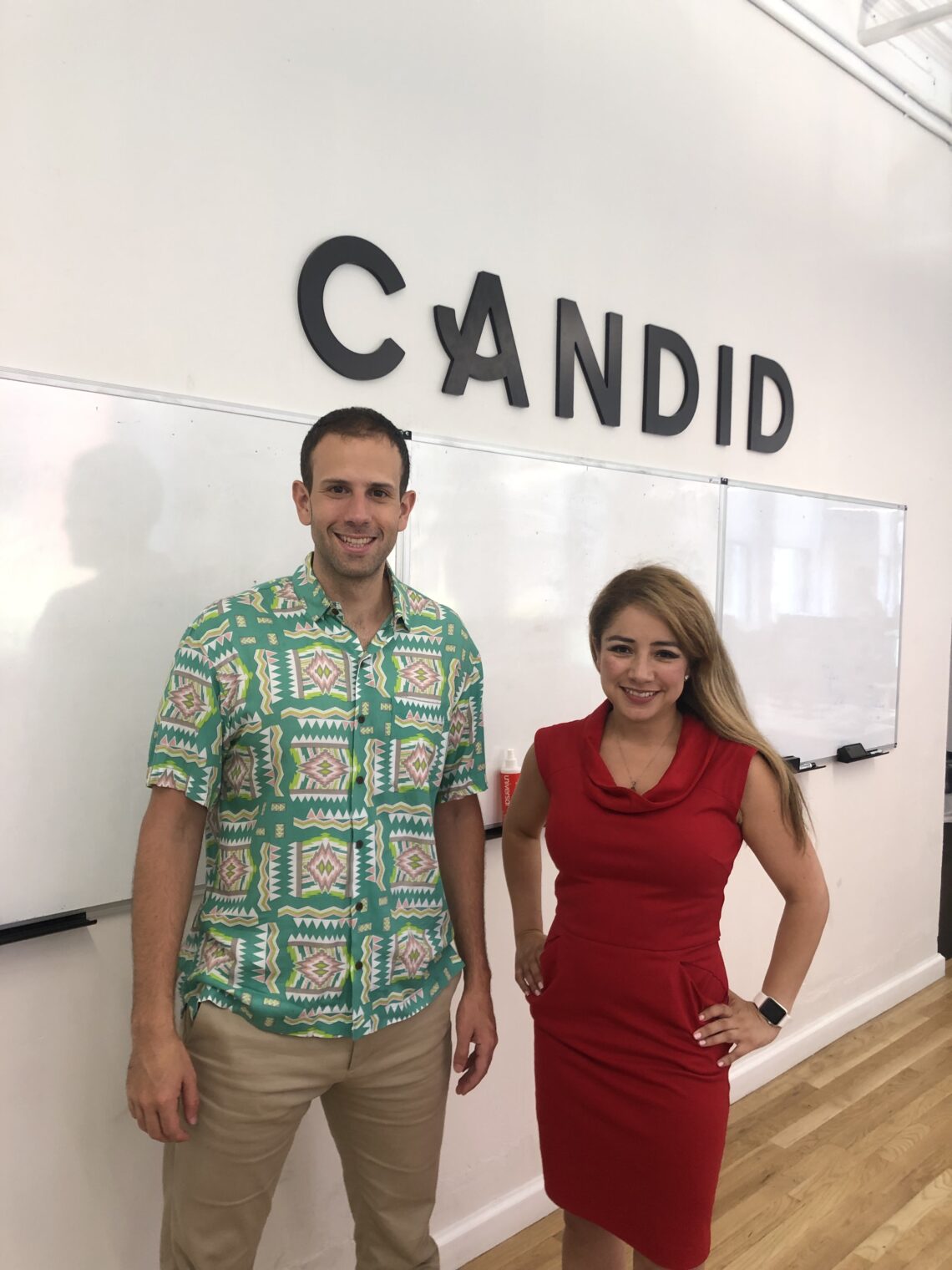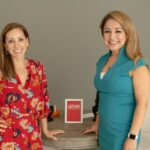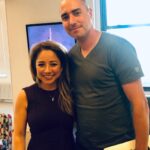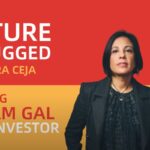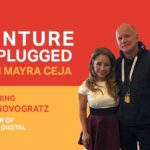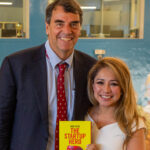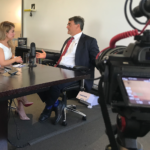Follow me on Twitter @MayraCeja007. Subscribe, Rate & Share on iTunes or Spotify.
Podcast: Nick Greenfield, Founder of Candid-The Warby Parker of Braces Raises $78m
- His early days at Lyft and were those pink mustaches come from?
- Why he launched Candid?
- Where the future of retail is going?
- What advice he has for founders fundraising?
Nick Greenfield founded Candid alongside several Co-Founders including Spencer Solovaara and Lila Cosgrove. Forbes magazine nicknamed the company the Warby Parker of Braces.
Nick and his co-founders took the company from zero to 400 employees in a little over 2 years and have raised over $70 million from VCs like Greycroft and Bessemer.
Prior to launching candid, Nick was an early employee at Zimride where he worked directly with John Zimmer. Zimride would later become Lyft. He received a BA in International Relations from Stanford University.
Podcast links
- Books: Billion Dollar Whale: The Man Who Fooled Wall Street by Tom Wright
- Article: The 9 Superpowers of your smile How your smile can make you look younger, thinker, and even predict your lifespan.
Podcast Digest
The power of a smile
Smiling can also help to predict how long-lasting and satisfying a person’s marriage will be and even predict your lifespan. A smile can add seven years to your life, but certainly can’t be easy if you have crooked teeth. With Smile Direct Club’s most recent IPO, we’re wondering: can there be a second unicorn in this category? Today I’m chatting with Nick Greenfield founded Candid, the company nicknamed the Warby Parker of braces. It is a direct consumer company that provides teeth aligners and it has set out to take a bite out of a multi billion-dollar market as Nick and cofounders took the company from zero to 400 employees in a little over two years and have raised over $70 million from VCs like Greycroft and Bessemer.
How Nick got the idea
Nick started noticing that his teeth had shifted after he started working. His bottom teeth started overlapping, which was making it harder to floss and increasing the likelihood of cavities.
He asked his dentist about how much clear liners would cost because he had no interest in doing traditional wire bracket braces and she said $6,000 and he almost fell out of his chair. “I was like, this is way, way too expensive. And when you talk about all the other bells and whistles in terms of appointment fees and retainer fees at the end and the clear liners themselves and the 25 appointments you need to do to go back and forth. I looked at that and said, this is not something that I can do. And even though at the time I had dental insurance, which would cover something like a thousand to $2,000 of that, it still was just far out of my price range for a new college grad. And also, um, you know, not caring that much about it, right? Like I cared about it but didn’t care enough to put down what would end up being probably close to $10,000.” Bingo. That’s how the idea was born.
Three factors that changed the marketplace
At the beginning of 2017, Nick met the Chairman of Candid, whose dad is actually an orthodontist. He knew what was happening in the space and there was a really interesting intersection of three different factors. The first was the core IP expiration. There’s a company in the Bay area called Align Technologies. They’re the makers of Invisalign, from 1999. They patented using computers to actually move teeth. No one else was allowed to use a computer program to predict how teeth would move, which means that all other clear aligners outside of Invisalign could only be done using a hand.
In October 2017, those patents, as well as some other core patents that were important for clear liners, were rolling off. Historically in healthcare, when patents roll-off, you start getting generics. So there was an opportunity there for a company like Candid. The second thing that Nick saw was the consumerization of healthcare. What are ways that we can take costs out of the healthcare system by going direct to the consumer? If you look at Warby and Harry’s and you look at Hubble, there are trends happening in the market.
Then the third trend that Nick saw was the ability to offer a lower-cost product to access a completely different market. In the case of Candid, the original hypothesis was by lowering the price and going direct to consumer through a combination of both e-commerce and then basically demand fulfillment centers through our candid studios, we can dramatically increase the size of the market.
Who are Candid’s customers?
Nick and his team’s hypothesis going in was that their customer would be 22 to 30-year-old female, and it turns out that for a $2,000 purchase or a $1,900 purchase, it’s still expensive. They do, however, have a customer who’s in his eighties, and customers who are as young as 16, although they will be launching a team that youth product at some point in the next few months. The sweet spot of customers is 25 to 55 year old.
Combining E-commerce and brick and mortar
Candid is opening stores. Candida has 20 locations open today. Warby and Bonobos have figured out, let’s sell online and then go offline because there’s a really important touch and feel component to having a retail presence. There’s also a really important credibility standpoint.
The consumer doesn’t trust themselves to order an impression kit online and then do it, take photos, send it back and say like, okay, that’s good. The Candid Studio is a solution because the consumer comes in, they get an intraoral scan, and in fifteen minutes, they get a 3D scan. It’s incredibly effective in-person touchpoint.
Our Sponsors:
This episode is sponsored by Qtum, the first proof-of-stake smart contracts blockchain. If you’re tired of paying high fees on other smart contracts platforms, head on over to Qtum and start building today your own low fee, solidity smart contract today!
This podcast is presented by BlockWorks Group. For exclusive content and events that provide insights into the crypto and blockchain space visit the website.
This podcast is presented by Republic is an investment platform for private companies to raise capital and everyone to invest.

